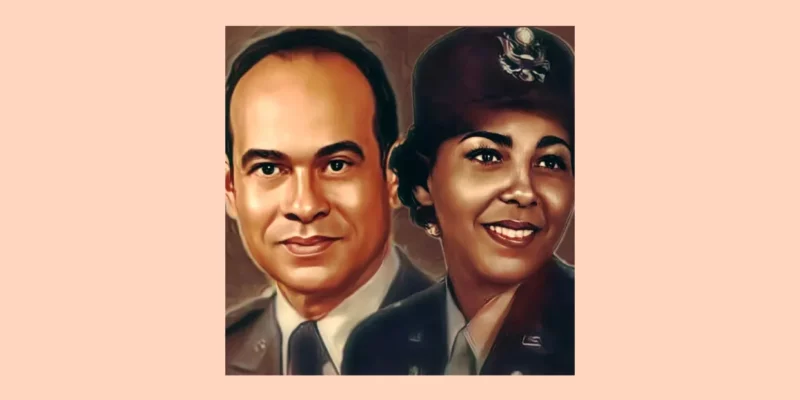Fort Lee, named for a Confederate general, will be renamed to honor Black Army pioneers
Share
Explore Our Galleries
Breaking News!
Today's news and culture by Black and other reporters in the Black and mainstream media.
Ways to Support ABHM?
By Emma Sánchez, NBC News

Fort Lee in Virginia will be officially renamed Fort Gregg-Adams on Thursday after two Black officers who made significant contributions to the U.S. Army.
The post is one of nine Army bases that will be renamed as part of the process of redesignating bases named after Confederate leaders, according to an Army statement.
“We are deeply honored to have Lt. Gen. Arthur Gregg and Lt. Col. Charity Adams as the new namesakes for our installation,” Maj. Gen. Mark Simerly, commander of the U.S. Army Combined Arms Support Command and senior commander of Fort Lee, said in the statement.
At 94, Gregg will be the only living person in modern Army history to have an installation named after him, according to the Army. Gregg’s military logistics career spanned nearly 36 years, and he experienced the challenges of desegregating the armed forces, which began shortly after he enlisted in 1946. After completing officer candidate school in 1949, his first assignment was at Fort Lee in 1950, and when he retired in 1981, he was the highest ranking Black officer in the U.S. military.
In 1942, Adams served in the newly created Women’s Army Auxiliary Corps, where she was later selected to command the first and only unit of predominantly Black women to serve overseas during World War II. She led the 6888th Central Postal Directory Battalion, which was crucial to disseminating 17 million pieces of mail and correspondence for soldiers across England and France during the height of the war. Adams was eventually promoted to lieutenant colonel, one of the highest ranks attainable for women during the war, according to the Army.
Learn more about the renaming.
Only recently have some institutions reconsidered honoring those who fought for slavery to continue.









Comments Are Welcome
Note: We moderate submissions in order to create a space for meaningful dialogue, a space where museum visitors – adults and youth –– can exchange informed, thoughtful, and relevant comments that add value to our exhibits.
Racial slurs, personal attacks, obscenity, profanity, and SHOUTING do not meet the above standard. Such comments are posted in the exhibit Hateful Speech. Commercial promotions, impersonations, and incoherent comments likewise fail to meet our goals, so will not be posted. Submissions longer than 120 words will be shortened.
See our full Comments Policy here.